Dogs have earned their reputation as man’s best friend through thousands of years of loyalty and companionship. Yet not every canine companion fits the eager-to-please stereotype we often expect. Some breeds march to the beat of their own drum, possessing an independent streak that can both charm and frustrate their human families.
These self-reliant dogs often come from working backgrounds where independent thinking was not just valued but essential for survival. From ancient hunting companions to livestock guardians, these breeds developed strong decision-making skills that sometimes translate into selective hearing when it comes to commands. Let’s explore these fascinating free spirits of the dog world.
#1. Afghan Hound
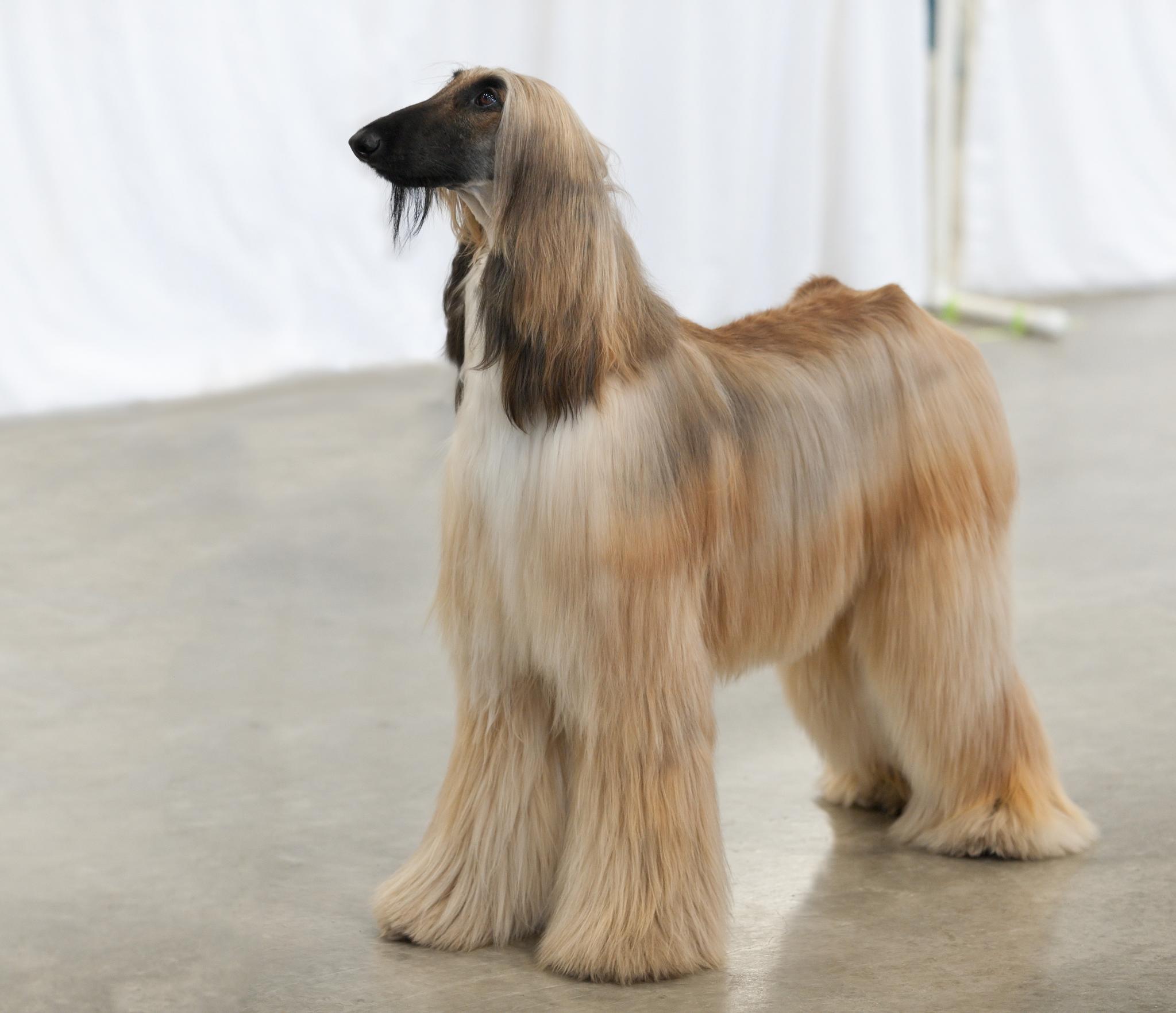
The Afghan Hound stands as perhaps the most elegant example of canine independence. Originally bred for hunting in the rugged mountains of Afghanistan, these dogs needed to think quickly and act decisively without waiting for human direction. Their flowing coat and regal bearing might suggest a pampered pet, yet beneath that beauty lies a fierce independent spirit.
Training an Afghan requires patience that would test a saint. They possess what many owners describe as selective hearing, choosing when commands are worth following based on their own mysterious criteria. Their intelligence is undeniable, though they prefer to use it on their own terms rather than yours.
#2. Basenji
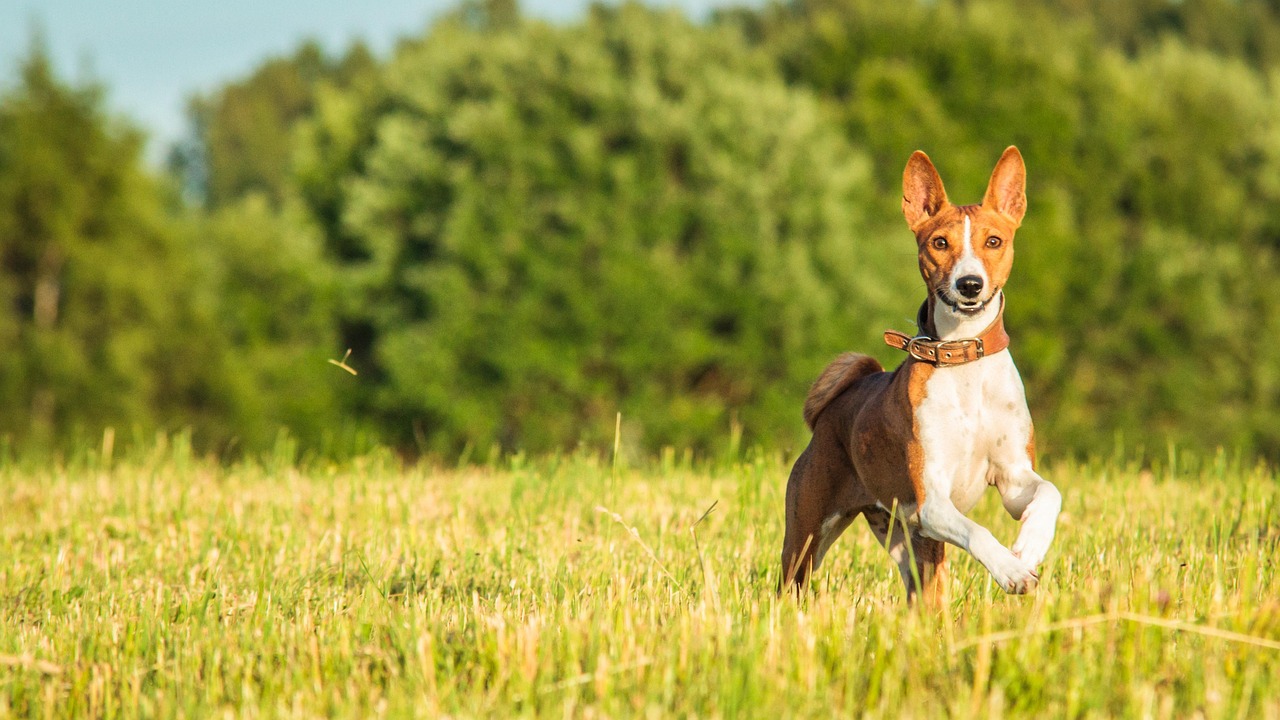
Known as the “barkless dog,” the Basenji brings ancient African hunting instincts into modern homes. These compact, athletic dogs were bred to hunt independently in the Congo, developing a strong sense of self-reliance that persists today. Their cat-like personality often surprises new owners expecting typical dog behavior.
Basenjis approach training sessions like business negotiations, weighing the benefits before deciding whether cooperation serves their interests. They’re incredibly intelligent problem-solvers who excel at opening doors, cabinets, and finding creative ways around rules they find unreasonable. Their independence makes them fascinating companions for those who appreciate a thinking partner rather than an obedient follower.
#3. Shiba Inu

The Shiba Inu embodies the Japanese concept of dignified independence. These spitz-type dogs carry themselves with an almost imperial bearing, as if they’re doing you a favor by gracing your home with their presence. Originally bred for hunting small game in mountainous terrain, they developed strong individual decision-making skills that modern pet life hasn’t diminished.
Shibas are notorious for their “Shiba scream,” a dramatic vocalization they deploy when asked to do something they find beneath their dignity. They approach commands like suggestions from well-meaning but misguided humans. Their loyalty runs deep, though they express it through companionship rather than blind obedience.
#4. Chow Chow

The Chow Chow’s lion-like mane and blue-black tongue hint at their ancient Chinese heritage and naturally aloof personality. These dogs were bred for various purposes including hunting, herding, and guarding, developing a self-sufficient nature that values independence above people-pleasing. Their teddy bear appearance masks a surprisingly strong-willed character.
Chows evaluate every situation with the careful consideration of a seasoned diplomat. They’re not openly rebellious but rather selectively responsive, choosing when engagement benefits them or their family. Their independent streak requires owners who respect their need for personal space and decision-making autonomy.
#5. Scottish Terrier
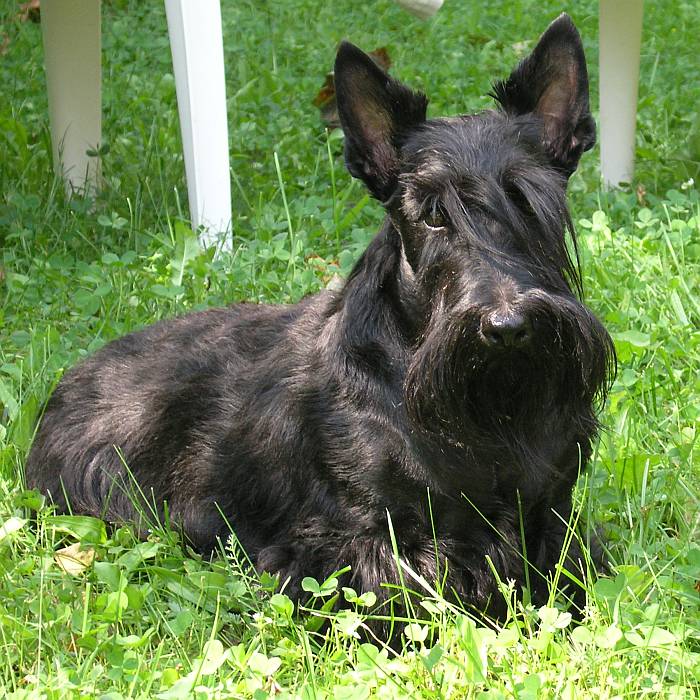
The Scottish Terrier, or Scottie, packs tremendous personality into a compact frame. Bred for hunting vermin in the Scottish Highlands, these dogs needed to make split-second decisions underground while pursuing prey. This heritage created a breed that values personal judgment over external direction, leading to their reputation as “the dog that thinks for itself.”
Scotties approach training with the skepticism of a seasoned negotiator. They’re perfectly capable of learning commands but prefer to evaluate each request’s merit before complying. Their stubborn streak is legendary among terrier enthusiasts, who appreciate their dogs’ refusal to be pushed around by anyone, regardless of species.
#6. Jack Russell Terrier
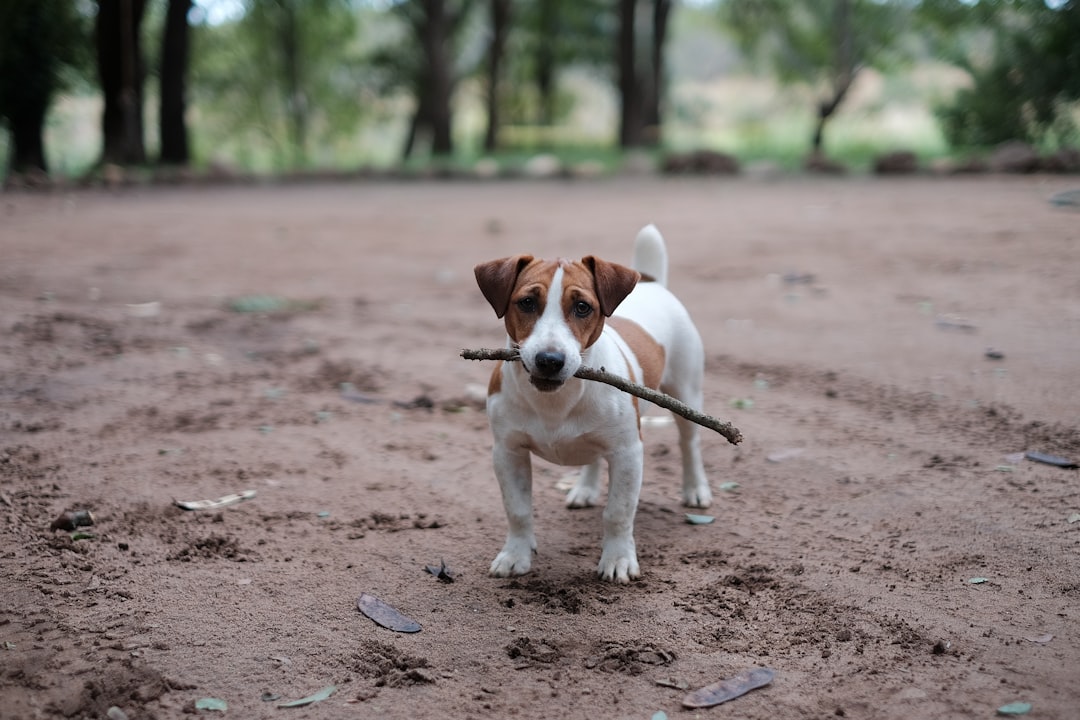
Don’t let their small size fool you – Jack Russell Terriers possess the confidence of dogs ten times their weight. Originally developed for fox hunting in England, these terriers needed to work independently, often disappearing underground for hours while pursuing quarry. This background created fearless, quick-thinking dogs who rarely wait for permission before acting.
Jack Russells view training sessions as opportunities to demonstrate their superior problem-solving skills rather than chances to learn obedience. They’re incredibly smart but use their intelligence to find creative ways around rules they consider unreasonable. Their independent nature makes them excellent companions for active families who appreciate a dog with opinions.
#7. Siberian Husky
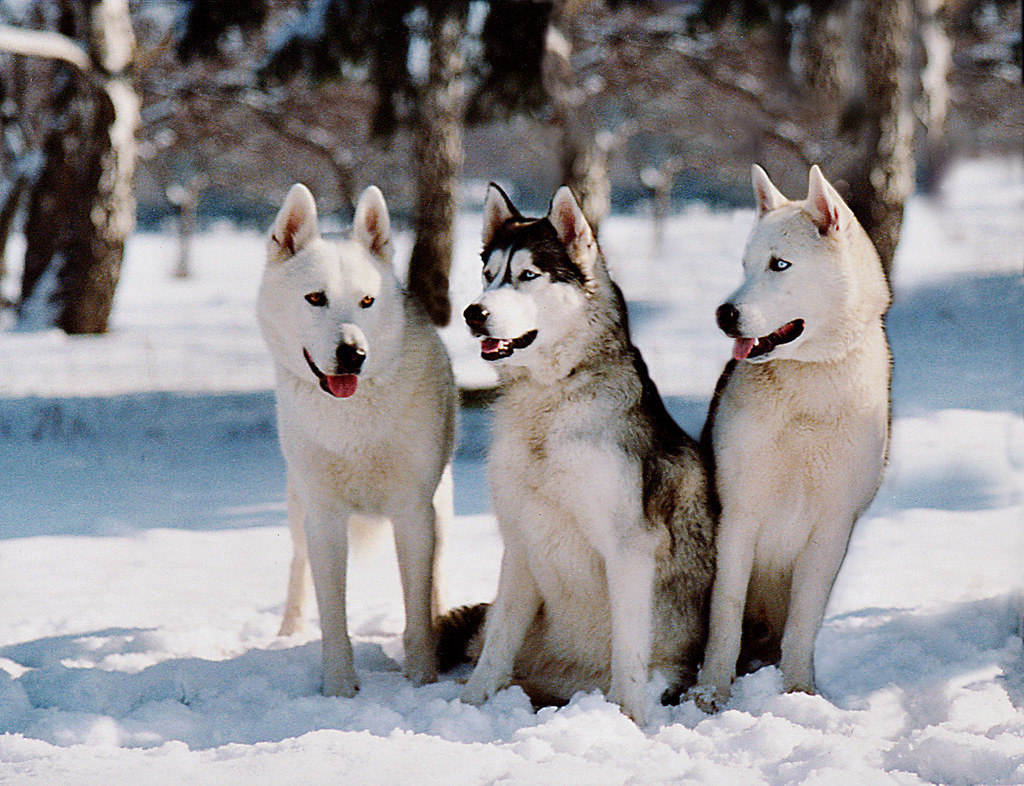
Siberian Huskies carry the independent spirit of the Arctic in their bright blue eyes and thick double coats. Bred by the Chukchi people to pull sleds across vast frozen landscapes, these dogs needed to make life-or-death decisions about route safety without human input. This survival instinct translates into modern pets who think before they obey.
Huskies are notorious escape artists who view fences as suggestions rather than barriers. They approach commands with the analytical mind of sled dogs evaluating trail conditions – sometimes human direction makes sense, sometimes their instincts know better. Their independence requires owners who understand that partnership works better than dominance with these intelligent Arctic athletes.
#8. Beagle
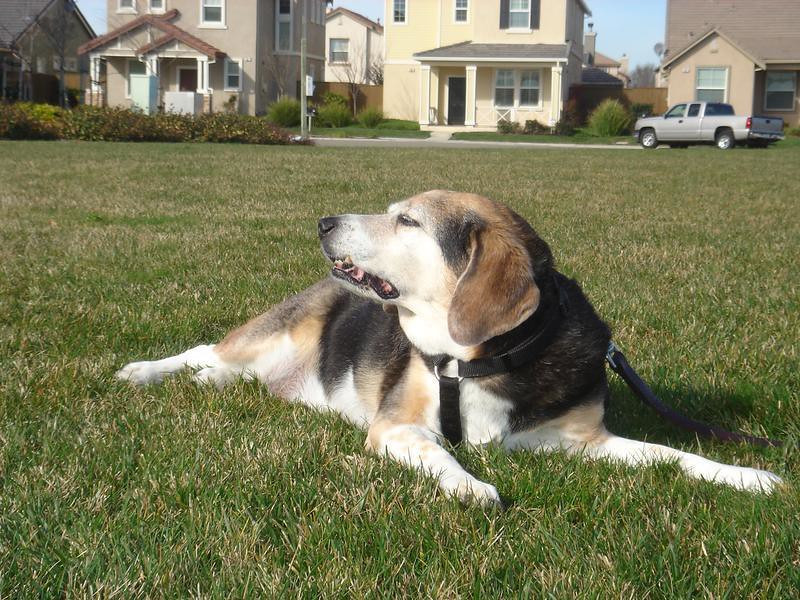
Beagles might seem like easygoing family pets, yet their hunting heritage runs deeper than many realize. Originally bred for pack hunting, these scent hounds developed the ability to follow their noses independently of human direction. When a fascinating scent trail captures their attention, the outside world simply ceases to exist, including any commands you might be shouting.
Their selective hearing becomes most apparent during walks, where interesting smells transform obedient pets into determined detectives. Beagles aren’t deliberately disobedient – they’re simply following genetic programming that values scent information above human wishes. Their independent streak makes them charming but occasionally frustrating companions who march to their own aromatic drumbeat.
#9. Akita
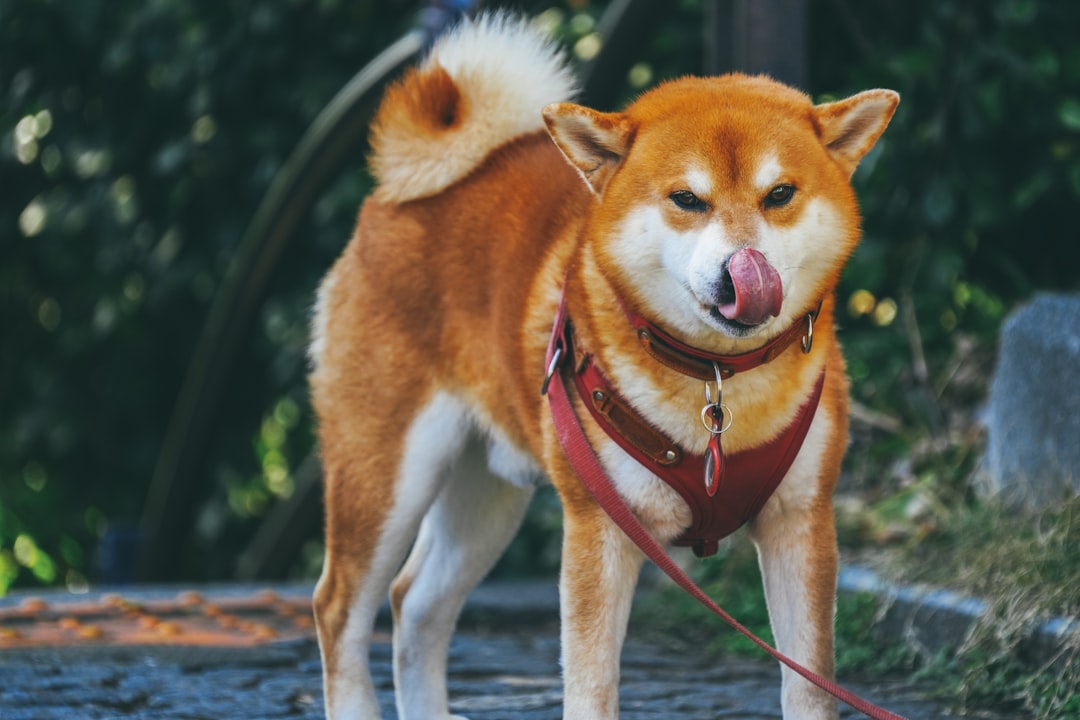
The Akita’s imposing presence reflects their history as both hunters and guardians in feudal Japan. These large, powerful dogs were bred to work independently, whether tracking wild boar through mountain forests or protecting family compounds. Their dignified bearing and thoughtful expressions hint at the complex decision-making processes happening behind those intelligent eyes.
Akitas approach training with the seriousness of samurai considering battle strategy. They’re not quick to submit but rather evaluate whether commands align with their understanding of family hierarchy and pack dynamics. Their independence manifests as thoughtful resistance rather than outright rebellion, making them fascinating companions for experienced dog owners who appreciate canine complexity.
#10. Dalmatian

Dalmatians bring their firehouse heritage into family life with characteristic independence and strong-willed determination. Originally bred as carriage dogs, they needed to run alongside horses for miles while remaining alert to potential threats. This background created dogs who think independently and aren’t easily intimidated by authority, whether canine or human.
Their independent nature shows up as selective cooperation – Dalmatians often understand exactly what you want but choose whether compliance serves their purposes. They’re highly intelligent problem-solvers who prefer to participate in decision-making rather than simply follow orders. Their spirited independence makes them excellent companions for active families who enjoy dogs with personality and opinions.
#11. Rhodesian Ridgeback
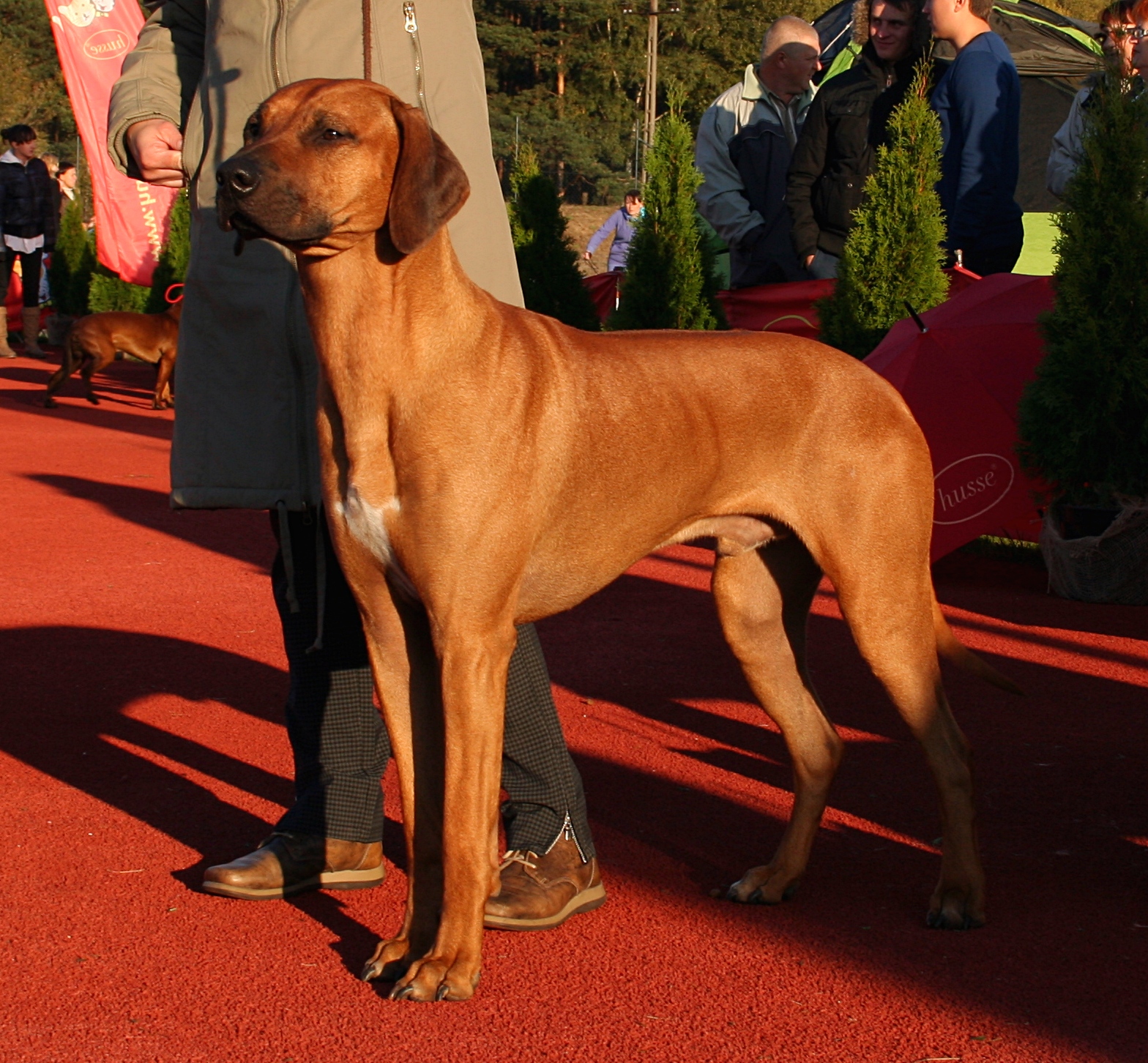
The Rhodesian Ridgeback’s distinctive ridge of backward-growing hair along their spine symbolizes their unique approach to life – they’ve always done things differently. Originally bred in southern Africa to hunt lions and protect homesteads, these dogs developed remarkable independence and courage. Their imposing size and confident bearing reflect generations of dogs who needed to think quickly in dangerous situations.
Ridgebacks evaluate commands through the lens of pack dynamics and personal safety assessment. They’re not stubborn for stubbornness’ sake but rather thoughtful decision-makers who weigh options before acting. Their independent streak requires owners who understand that respect must be earned rather than demanded from these dignified African hunters.
#12. Pharaoh Hound
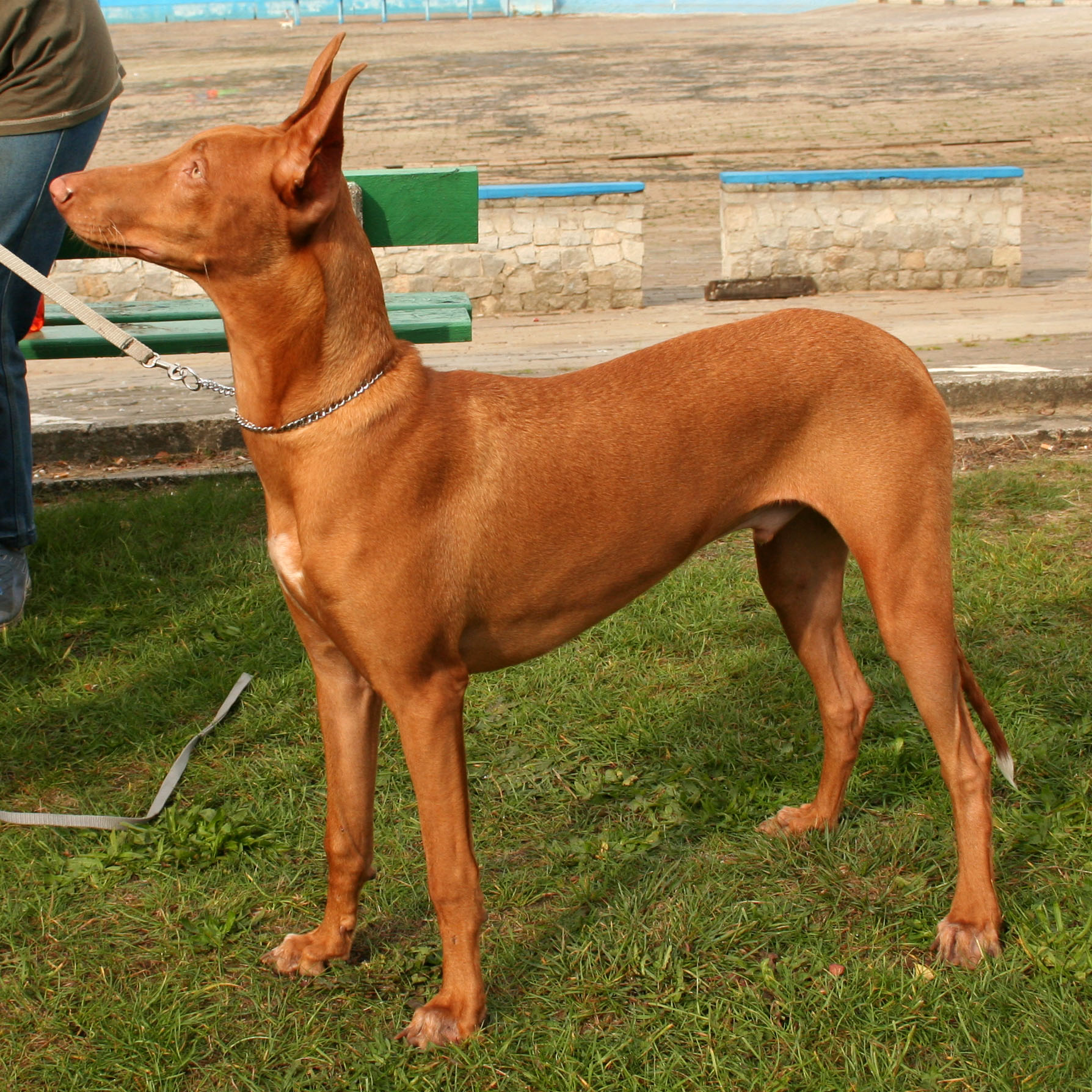
The Pharaoh Hound carries ancient elegance in every graceful movement, reflecting their Mediterranean hunting heritage. These sight hounds from Malta possess an almost regal bearing that suggests they’re well aware of their noble ancestry. Their large, expressive ears and intelligent eyes miss nothing, processing information with the quick assessment skills of their hunting forebears.
Training a Pharaoh Hound feels more like diplomatic negotiation than traditional obedience work. They approach commands with analytical consideration, often pausing to evaluate whether compliance makes sense given current circumstances. Their independence shows up as thoughtful hesitation rather than outright defiance, making them fascinating companions for patient owners who appreciate canine intelligence.
#13. Norwegian Elkhound

The Norwegian Elkhound’s thick coat and sturdy build hint at their Viking heritage and naturally independent character. These spitz-type dogs accompanied Norse hunters through harsh Scandinavian wilderness, tracking elk and other large game across difficult terrain. Their breeding required dogs who could work at distance from their handlers, making independent decisions about tracking and holding prey.
Elkhounds approach modern life with the same analytical independence their ancestors used in the wilderness. They’re perfectly capable of learning commands but prefer to understand the reasoning behind requests before complying. Their strong-willed nature makes them excellent companions for outdoor enthusiasts who appreciate dogs with both intelligence and opinions about how adventures should unfold.
#14. Whippet
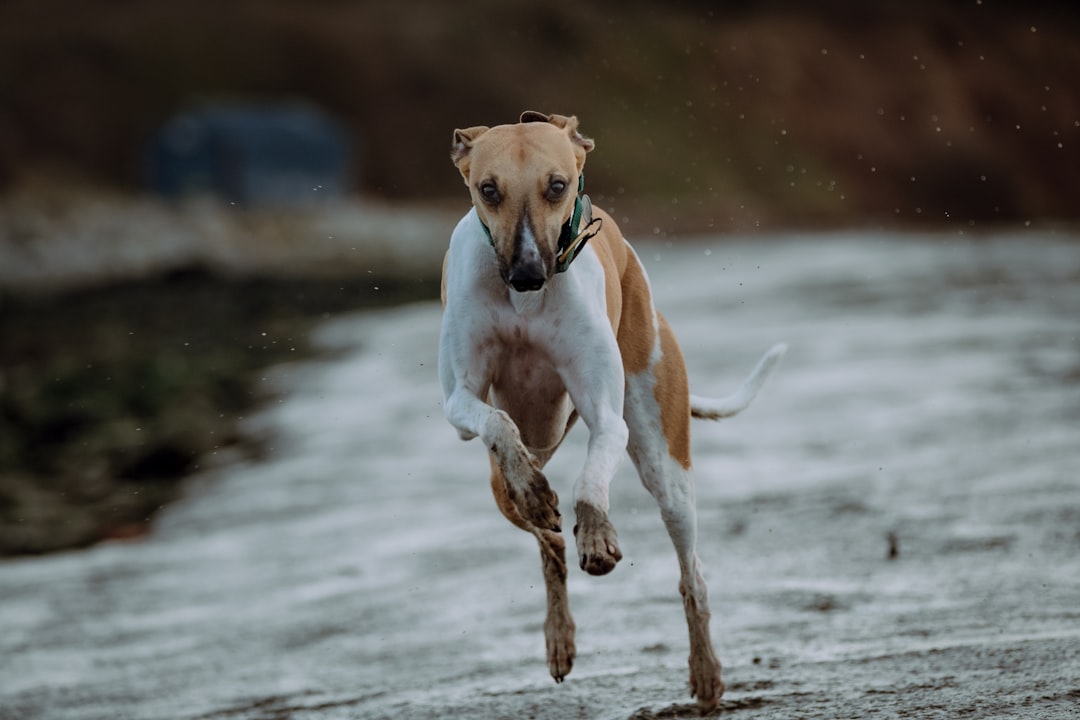
Whippets might appear delicate, yet these sight hounds possess the independent spirit of their racing heritage. Originally bred for coursing rabbits and racing, they developed the ability to make split-second decisions at high speeds without waiting for human direction. Their gentle nature at home contrasts sharply with their focused determination when something triggers their chase instincts.
Their independent streak emerges most clearly during off-leash time, when interesting sights or movements can instantly transform docile pets into focused hunters. Whippets aren’t deliberately disobedient but rather follow genetic programming that sometimes conflicts with human expectations. Their selective hearing becomes most apparent when prey drive engages, overriding years of careful training in seconds.
#15. Bloodhound

The Bloodhound’s wrinkled face and drooping ears might suggest a gentle, easygoing nature, yet these scent hounds possess one of the strongest independent streaks in the canine world. When their incredible noses lock onto an interesting trail, the rest of the world – including shouting owners – simply disappears from their awareness. Their tracking ability is legendary, as is their determination to follow scents wherever they lead.
Bloodhounds transform from loving family pets into single-minded detectives the moment an compelling odor captures their attention. They approach scent work with the focused intensity of professionals, making independent decisions about which trails deserve investigation. Their stubbornness isn’t malicious but rather reflects thousands of years of breeding for dogs who trust their noses above all else, including human commands.
Conclusion
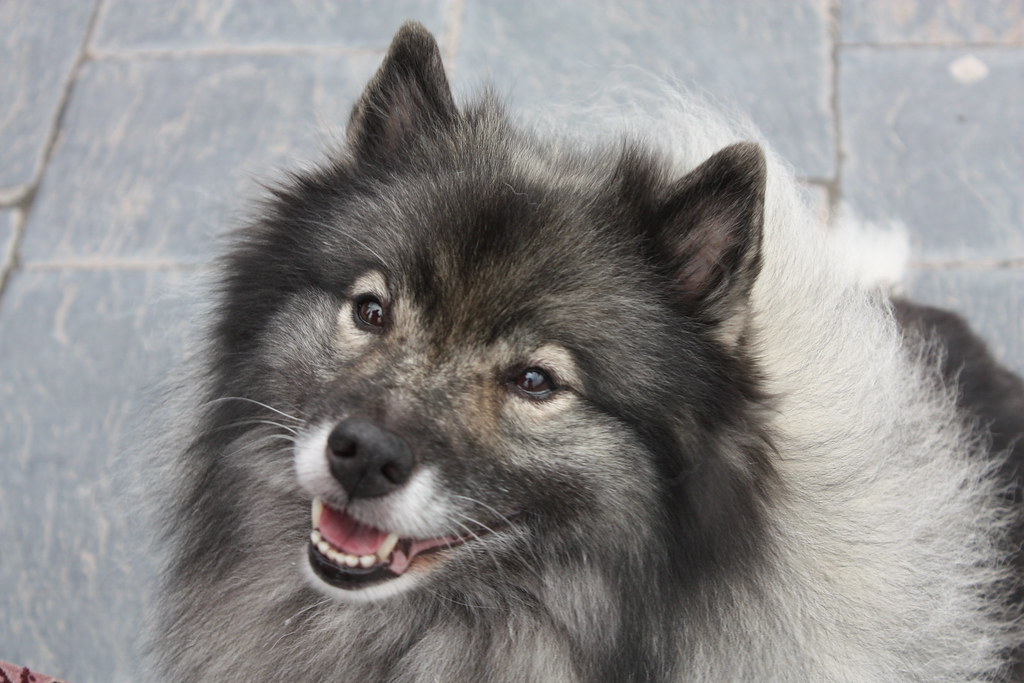
These fifteen breeds remind us that dogs aren’t simply four-legged humans waiting to fulfill our every command. Their independent spirits reflect centuries of purposeful breeding for specific jobs that required quick thinking, personal judgment, and the courage to act without constant human guidance. While their selective hearing might occasionally test our patience, these traits made them invaluable working partners throughout history.
Understanding and appreciating canine independence can deepen the bond between dogs and their families. Rather than viewing their strong-willed nature as defiance, we can recognize it as intelligence, confidence, and the fascinating complexity that makes each breed unique. What’s your experience been with independent-minded dogs?

Andrew Alpin from India is the Brand Manager of Doggo digest. Andrew is an experienced content specialist and social media manager with a passion for writing. His forte includes health and wellness, Travel, Animals, and Nature. A nature nomad, Andrew is obsessed with mountains and loves high-altitude trekking. He has been on several Himalayan treks in India including the Everest Base Camp in Nepal.






